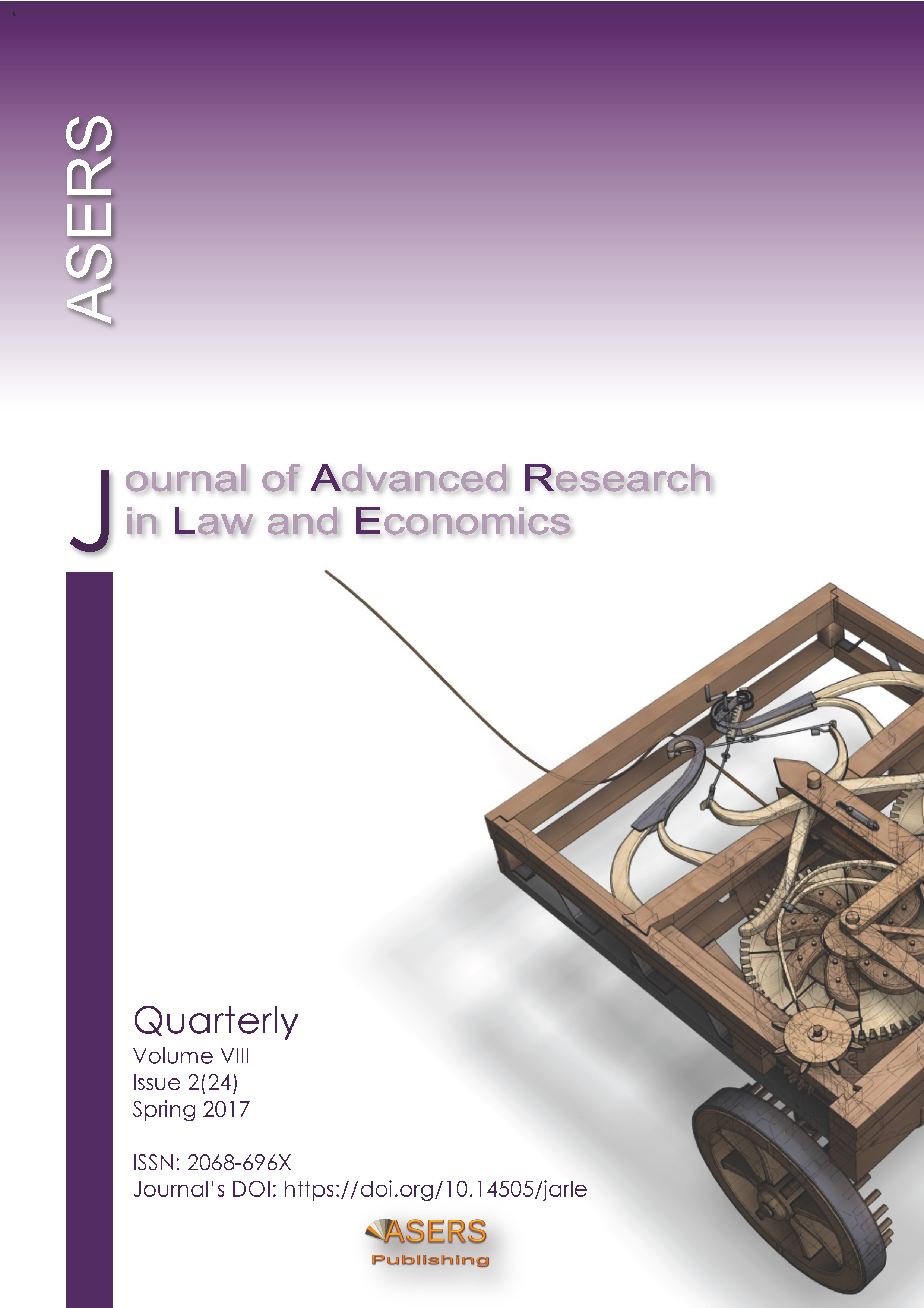Improving Competitiveness of the Wheat Production within the Siberian Region (in Terms of the Omsk region)
Improving Competitiveness of the Wheat Production within the Siberian Region (in Terms of the Omsk region)
Author(s): Igor Aleksandrovich Bobrenko, Oksana Viktorovna SHUMAKOVA, Natalya Viktorovna GOMAN, Yuriy Ivanovich Novikov, Valentina Ivanovna POPOVA, Oleg Anatolievich BlinovSubject(s): Economy, Agriculture
Published by: ASERS Publishing
Keywords: cereal farming; competitiveness; gross yield; cropped land; yield; winter wheat; dose; zinc; fertilizers;
Summary/Abstract: This work gives an estimation of the current state of grain production in the Russian Federation. The analysis of the cropped land, yields and cereal gross output, including by gross yield of grain per capita for the period 1976-2014, has been carried out. A stable tendency to reduce grain crops since the end of the 1970s, especially intensified in the 1990s, has been revealed. In 1996-2000 the grain area has decreased almost to the level of the World War II, it amounts to 51.3 million hectares, i.e. 25.4 million hectares or 33.1% less than in 1976 – 1980. The Russian regions are divided into three groups: importing, self-supporting and exporting – by gross yield of grain per capita. Certain regions that produce and can sell their surplus grain to other regions or export it have been identified. The Omsk region refers to such regions, it is located in the south of Western Siberia. The current and prospective competitiveness of grain in the Omsk region is analyzed in comparison with the indicators of other Siberian regions. It is determined that initial condition for the competitiveness of grain exported outside the region is the availability of quality commodity stock. The studies have shown that the use of zinc fertilizers in cultivation of winter wheat in meadow-chernozem soils of Western Siberia is efficient for increasing the yield and quality of grain. Optimally, the basal application dose amounts to 8 kg a.f./ha, and when the seeds are dusted – to100 g/c, against N30Р60. The study results make it possible to diagnose the plant nutrition with zinc in production conditions andoptimize it by using fertilisers. Implementation of the proposed activities aimed at increasing the competitiveness of wheat production may have a huge economic effect on the regional agricultural sector.
Journal: Journal of Advanced Research in Law and Economics (JARLE)
- Issue Year: VIII/2017
- Issue No: 24
- Page Range: 426-436
- Page Count: 11
- Language: English
- Content File-PDF

